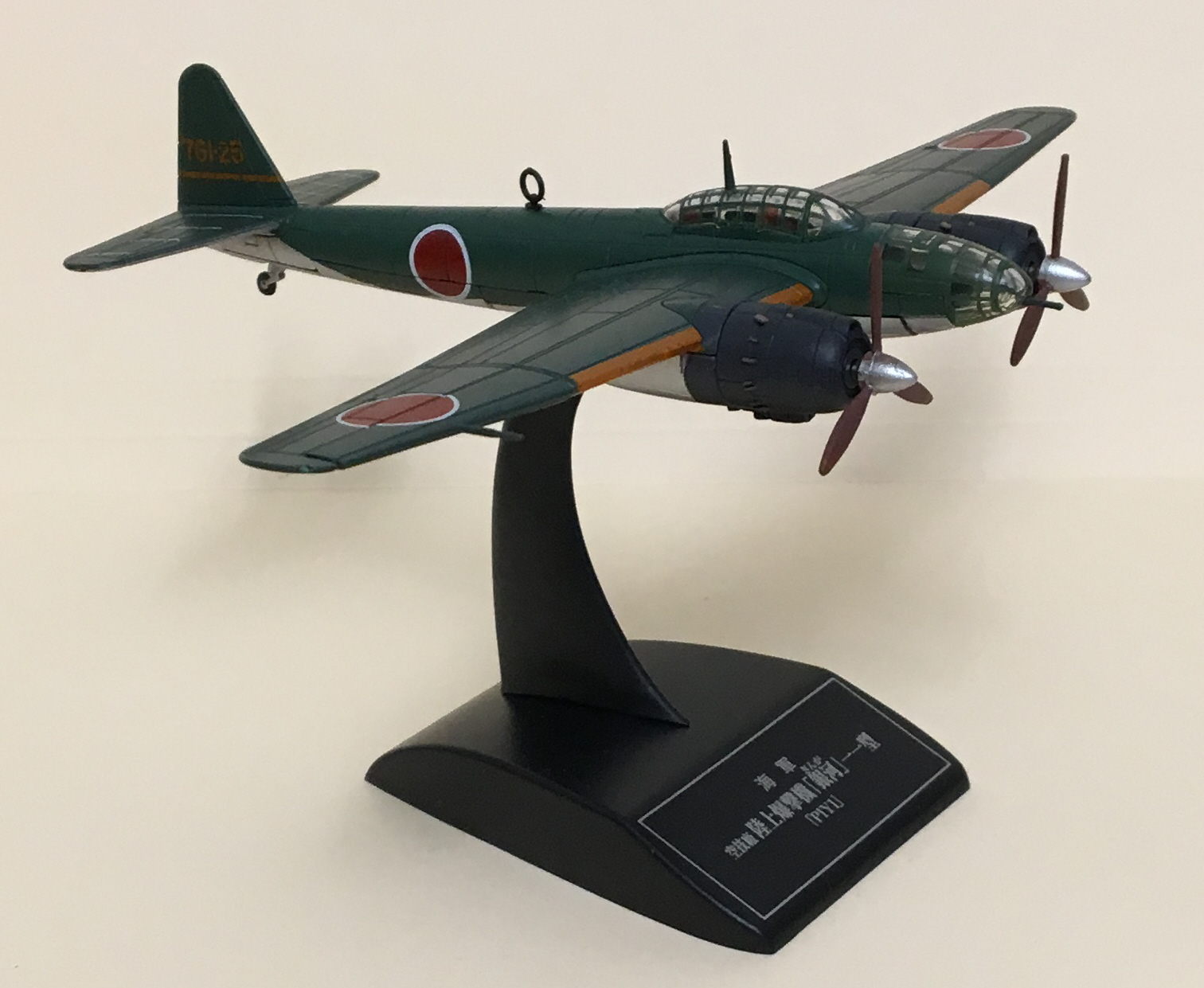
The Yokosuka P1Y1 Ginga (allied code name
"Frances") was developed for that Imperial Japanese
Navy as a fast, low-altitude bomber. The prototype flew in 1943
and was fast and handled well. Although the design was promising,
it was mechanically unreliable which delayed the introduction of the
P1Y into combat until October 1944. Production was handed over to
Nakajima and Kawanishi and a total of 1,102 aircraft were made before
the end of the war. The P1Y proved to be an excellent low-level
bomber. It was fast, agile and had incredible range. It was
so good, in fact, that some examples were converted into night
fighters. But once again, it was too little too late to really have
much of an impact. Interestingly, the head designer of the P1Y went on
to design some of Japan's early "bullet trains" after the war. Here's a short video of the Ginga flying sorties in War Thunder (an on-line combat flight simulator).
YOKOSUKA P1Y1 Model 11 Ginga "Frances"

Class: Medium Bomber
Crew: 3
Engine: 2 x Nakajima NK9C homare 12 18-cylinder twin-row radial (1,825 hp each)
Max Speed: 340 mph at 19,357 ft
Climb Rate: 2,133 ft/min
Service Ceiling: 30,800 ft
Range: 3,340 miles
Armament: 1 x .50 inch machine gun (dorsal canopy), 1 x 20 mm cannon (nose)
Model Scale: 1:120